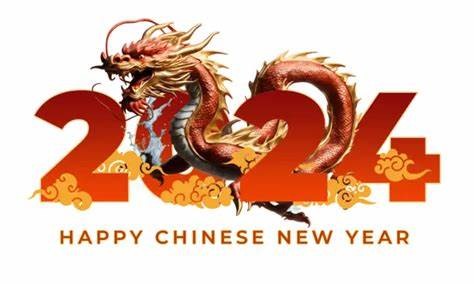February 10 marks Chinese New Year, ushering in the Year of the Dragon. This seems an appropriate time to write about Boston’s China Trade Gate.
Boston’s Chinatown
Boston’s Chinatown, the only distinct Chinese neighborhood in New England, fills. the area bounded by Tyler, Hudson, Oxford and Beach Streets. It occupies made land that was formerly the South Cove. Although first settled by descendants of the Puritans, this neighborhood later became home to a variety of immigrant groups as they spread out in the city.
Although it is now designated as a National Historic District. Boston has not always treated its Chinatown well. When the state constructed the Massachusetts Turnpike Extension along Chinatown’s southern border, it demolished much of the area and displaced 300 families. The expansion of Tufts University-New England Medical Center encroached on the west and the old Combat Zone impinged on the north. The east end saw yet more demolition with the construction of the Southeast Expressway and, later, the Big Dig.
For a detailed description of the expressway’s impact on Boston’s Chinatown,
listen to the Big Dig Podcast from WGBH.
Site of the China Trade Gate
The China Trade Gate, commonly known as the Chinatown Gate, created a strong cultural statement on the neighborhood’s east end. It provided a colorful and welcoming portal into Boston’s Chinese community.
Designed by Yu Sing Jung of the firm of Jung / Brannen, the gate was funded by the Browne Fund. It was constructed with tile and marble materials donated by Taiwan. During the Cold War, China and Taiwan competed to build gates to the Chinatowns across the country. Boston’s gate often displays a Taiwanese flag to signify the donation, along with an American flag.
Even so, for decades, roadways and buildings obscured and shadowed the gate until the opening of the Rose Kennedy Greenway gave it the visibility it deserves. The gate now fronts directly on the Greenway, from which it can best be seen and appreciated.
A Paifang Archway
The China Trade Gate is a Paifang archway—a traditional style of Chinese architecture—that has a memorial or decorative nature. Boston’s gate leads to Beach Street, which is the “main street” of the city’s Chinatown.
Within ancient China, a fang constituted the largest administrative subdivision within a city and was enclosed by a fence or wall. The fang was further subdivided into several pai, or communities. In turn, these contained alleys called hutongs. Gates punctuated the fang’s walls and these entrances were closed and guarded every night.
Outside of China, a paifang archway typically serves as the symbol of a Chinatown. The largest one in America currently stands in Washington, D.C. at H and 7th Streets. This one remains, unfortunately, crowded and overshadowed by large buildings. These include the convention center and the Smithsonian American Art Museum.
Chinatown’s Trade Gate
Boston’s Gate was built in one of several styles typical for these paifang structures: a true archway made of stone or bricks and decorated with colored tiles.
Boston’s China Trade Gate, made of painted steel tubing on a concrete base and clad in marble was commissioned by the China Trade Center. Its three sections have green tile roofs decorated with small animal sculptures along the ridgelines.
Two Chinese writings appear on the gate’s front and back: “Tian Xia Wei Gong,” a saying that translates as “everything under the sky is for the people,” and “Li Yi Lian Chi,” the four societal bonds of propriety, justice, integrity, and honor.
Installed in 1988, it was rededicated in 1990 and surveyed by the Smithsonian Institution‘s “Save Outdoor Sculpture!” program in 1995.
Chipping the Lions
Beach Street remained a through street for decades after the Trade Gate was erected, with cars and trucks turning off the expressway’s surface road into Chinatown. The drivers often did not pay as much attention to the gate’s artistry and significance as we might have liked. Their vehicles chipped and dented the pair of guardian lions, also known as foo dogs, that stand on the Greenway side of the gate’s base.
The Big Dig solved this problem by blocking vehicular access to the gate. To enhance its appearance and enjoyment, a Beijing-based firm helped design a public park on the Greenway side for residents to enjoy.
Getting to the China Trade Gate
Location: Hudson and Beach Streets
Architect: Yu Sing Jung
Donated by: Taiwan
The easiest way to see the China Trade Gate is to walk south along the Rose Kennedy Greenway. You will pass the small park on the right and then see the gate.
Pay attention to the foo dogs: these protective lions come in pairs. You can figure out which lion is which by what they hold beneath their paws. The female foo dog (usually on the left) holds a puppy, while the male foo dog (usually on the right) holds a ball. When one lion has an open mouth while the other is closed, it might represent the in-and-out breath or the sound of “om.”
Go on through the gate and you’re in Chinatown. Stroll, shop, take photos, and find a place to eat lunch. There are lots of them from which to choose. Enjoy!



